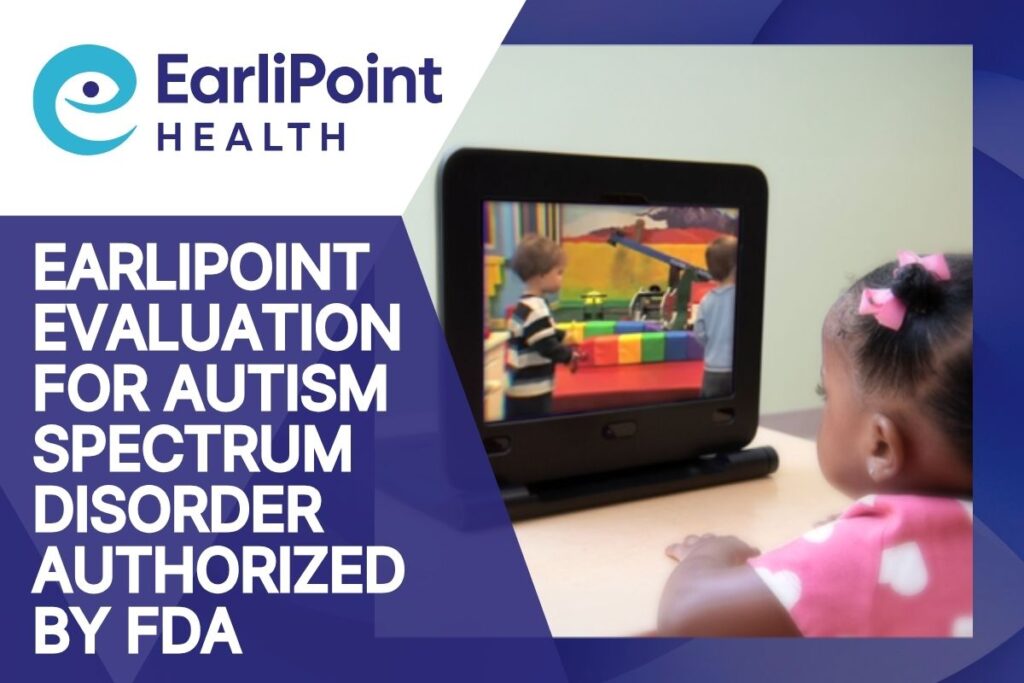For parents, hearing their child respond to their name for the first time is a special milestone. It signifies recognition, connection, and communication. But what if your child doesn’t respond when called? Could it be a simple delay, or might it point to a deeper concern? Understanding this behavior can help parents navigate their child’s development and determine next steps.
What Does It Mean When a Child Doesn’t Respond to Their Name?
Most children begin responding to their name between 9 and 12 months of age. They might turn their head, make eye contact, or smile in acknowledgment. However, some children may not respond consistently. Potential reasons include:
- Hearing Challenges
- A hearing impairment might make it difficult for your child to hear or recognize their name. A hearing test can help rule out this possibility.1
- Developmental Delays
- Delayed communication or social development could impact your child’s ability to associate their name with a response. This delay might be linked to autism spectrum disorder (ASD) or other conditions.2
- Sensory Processing Differences
- Children with sensory sensitivities might be so focused on their environment that they seem to “tune out” verbal cues, including their name.3
Could This Be a Sign of Autism?
Not responding to their name can sometimes be an early indicator of autism. Children with autism may experience difficulties with joint attention, which involves sharing focus with another person—a skill closely tied to responding to one’s name.4 Other behaviors to watch for include:
- Lack of response in various settings, such as at home or daycare.
- Limited social engagement, including minimal eye contact or difficulty showing interest in shared activities.
- Repetitive behaviors, such as hand-flapping or lining up toys.
What Steps Should Parents Take?
If your child isn’t responding to their name, trust your instincts and take proactive steps. Here’s how to get started:
- Document Your Observations
-
- Note how often your child responds to their name and in what contexts.
- Keep a journal with examples and any patterns you notice, such as distractions or environmental factors.5
- Speak with Your Pediatrician
-
- Share your observations during a routine visit. Be specific about what you’ve noticed and when it occurs.
- Ask for a hearing test or developmental screening as a first step.6
- Consider Early Intervention
-
- Early intervention services can provide a comprehensive evaluation and targeted therapies to address any concerns.7
- Many programs are free or low-cost and tailored to young children’s developmental needs.
Why Early Intervention Makes a Difference
Intervening early can significantly impact a child’s development. For example:
- Hearing issues might be addressed with hearing aids or therapy, enabling better communication.
- Autism-related challenges can benefit from therapies that improve joint attention, communication, and social engagement.8
Research shows that children who receive early intervention during their formative years often make notable progress in speech, behavior, and emotional regulation.9
Addressing Common Concerns
It’s normal for parents to have questions or reservations when seeking help. Here are a few common concerns:
- “What if I’m wrong?” Exploring concerns is better than ignoring them. Even if there’s no issue, you’ll gain peace of mind.
- “Does this mean my child has autism?” Not necessarily. While a lack of response to their name can be a sign of autism, it’s only one factor among many.
- “What should I do next?” Start with your pediatrician and ask for guidance on evaluations and interventions.
Supporting Your Child’s Growth
Every child’s development is unique, and delays in responding to their name are just one piece of the puzzle. By documenting your observations, consulting professionals, and seeking early support, you’re taking important steps to help your child thrive.
If you’re concerned about your child not responding to their name, don’t wait. Schedule a visit with your pediatrician and explore early intervention options. Your proactive approach can pave the way for a brighter future.
For comprehensive resources and guidance tailored for parents and caregivers– visit our Parent page.
Citations
- Centers for Disease Control and Prevention (CDC). (2021). Early Hearing Detection and Intervention Guidelines. Retrieved from https://www.cdc.gov/
- Autism Speaks. (2022). Early Signs of Autism Spectrum Disorder. Retrieved from https://www.autismspeaks.org/
- National Institute of Mental Health (NIMH). (2022). Sensory Processing and Autism. Retrieved from https://www.nimh.nih.gov/
- Schreibman, L., et al. (2015). Naturalistic Developmental Behavioral Interventions for Autism. Journal of Autism and Developmental Disorders, 45(8), 2411–2428. DOI: 10.1007/s10803-015-2407-8
- American Academy of Pediatrics. (2020). Developmental Milestones and Screening. Retrieved from https://www.aap.org/
- National Institute on Deafness and Other Communication Disorders (NIDCD). Speech and Language Milestones. Retrieved from https://www.nidcd.nih.gov/
- Autism Science Foundation. Early Intervention Programs for Young Children. Retrieved from https://www.autismsciencefoundation.org/
- Dawson, G., et al. (2010). Early Intervention and Autism: Research Findings. Pediatrics, 125(1), e17-e23. DOI: 10.1542/peds.2009-0958
- Real-life case studies on Early Intervention Services. Autism Research Center. Retrieved from https://www.autismresearch.org/




